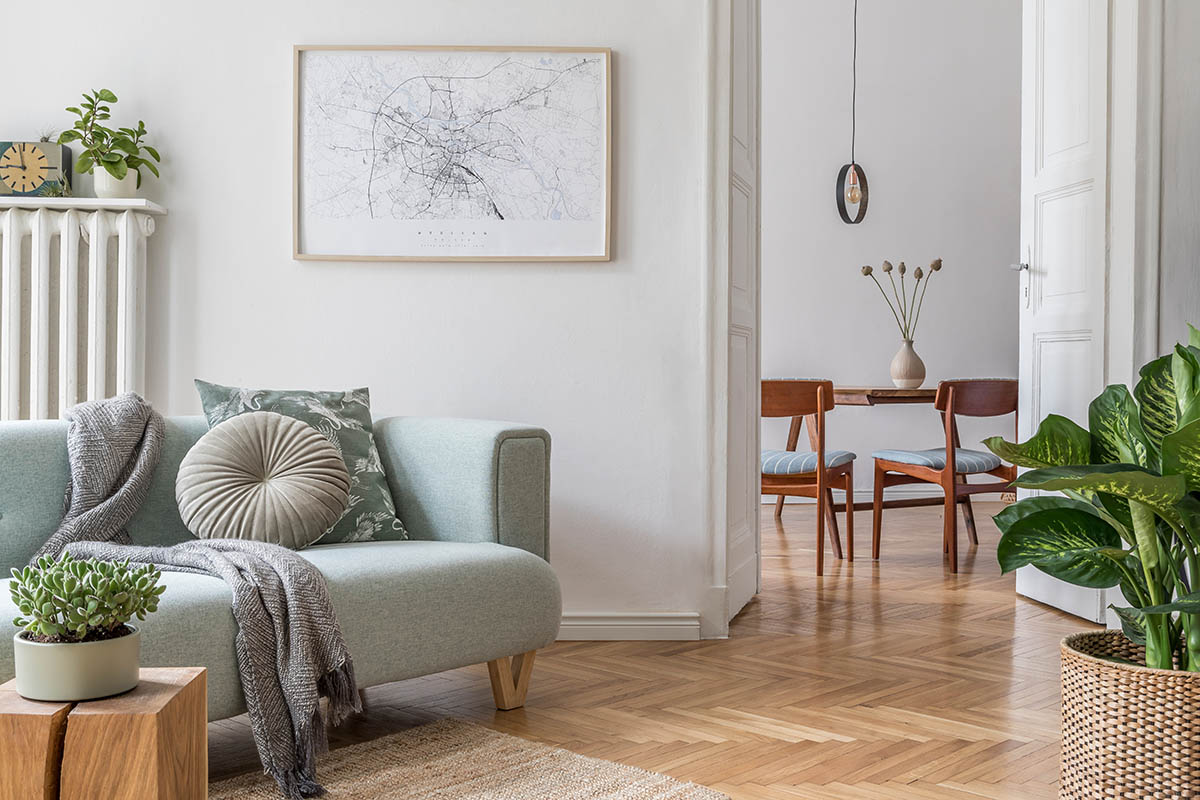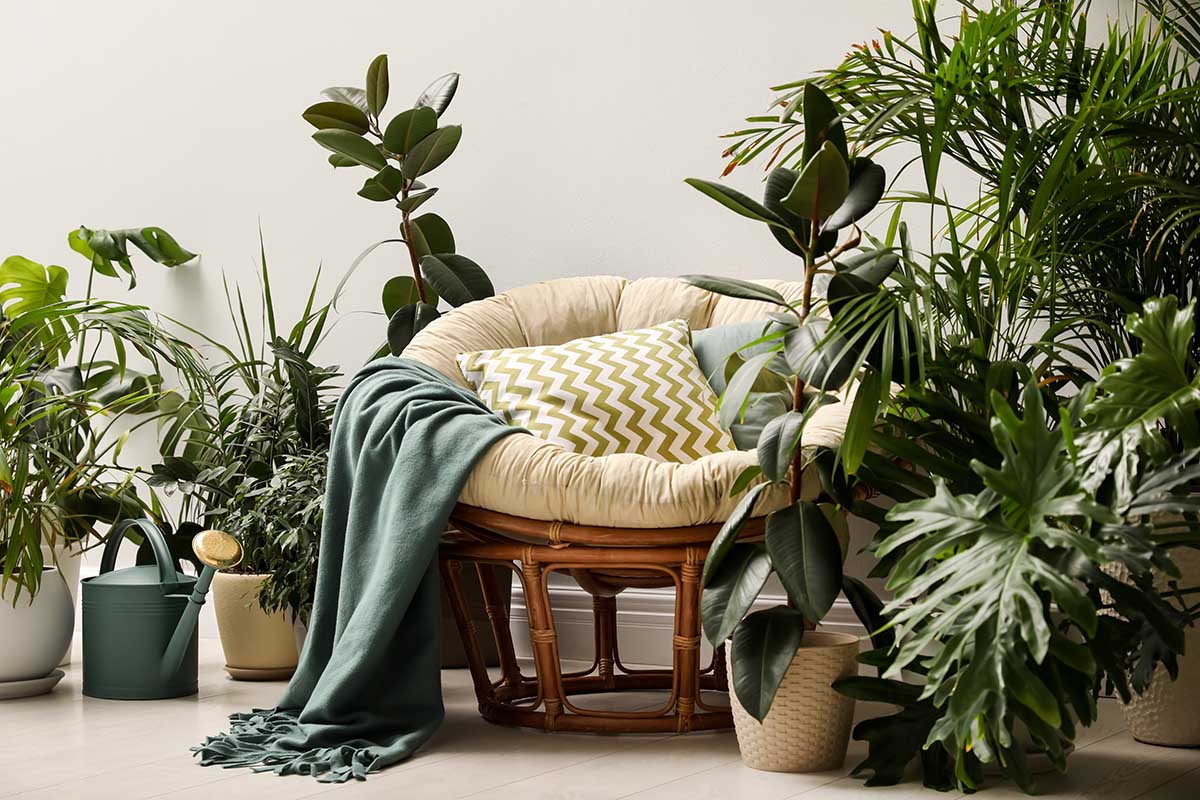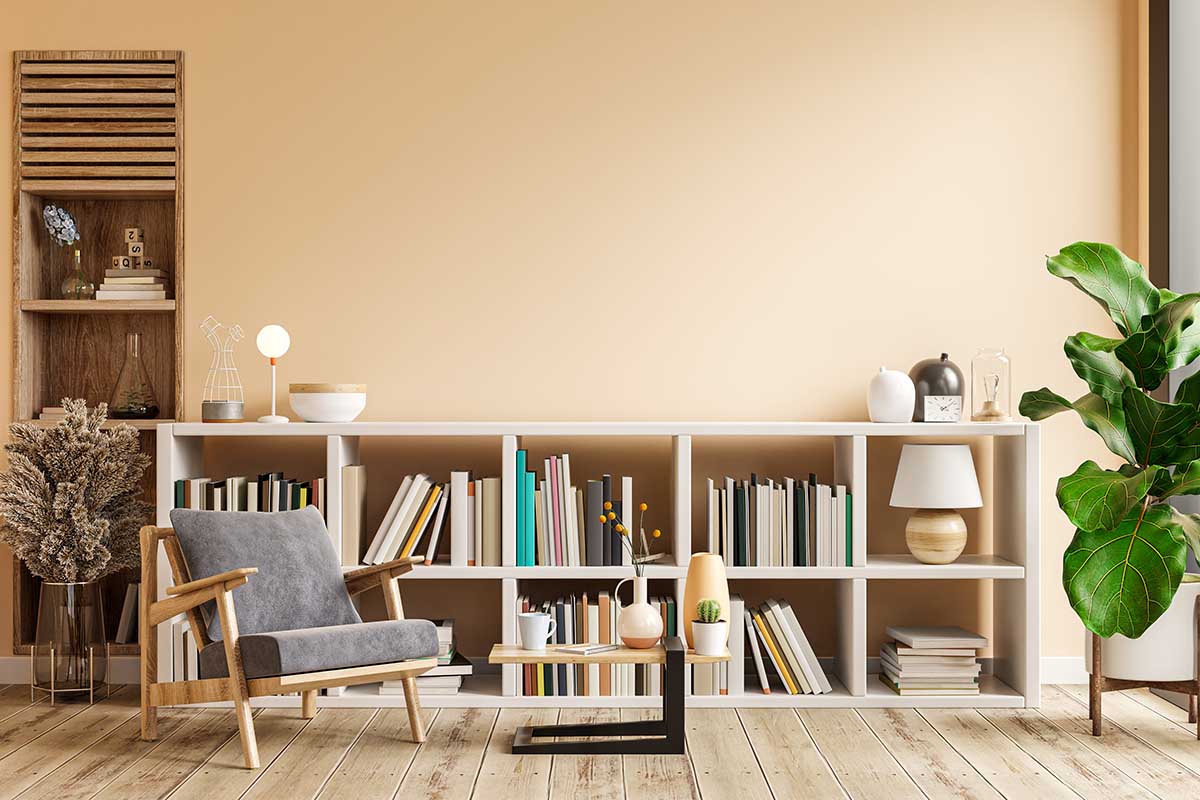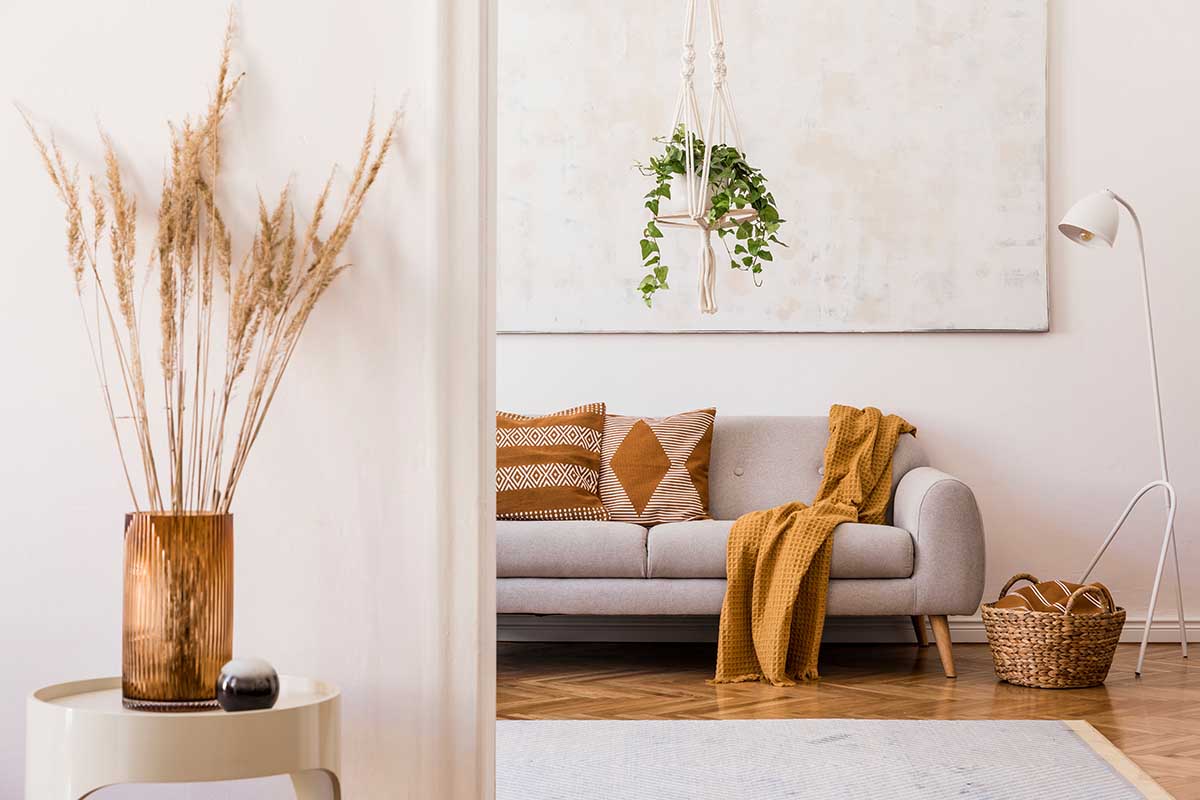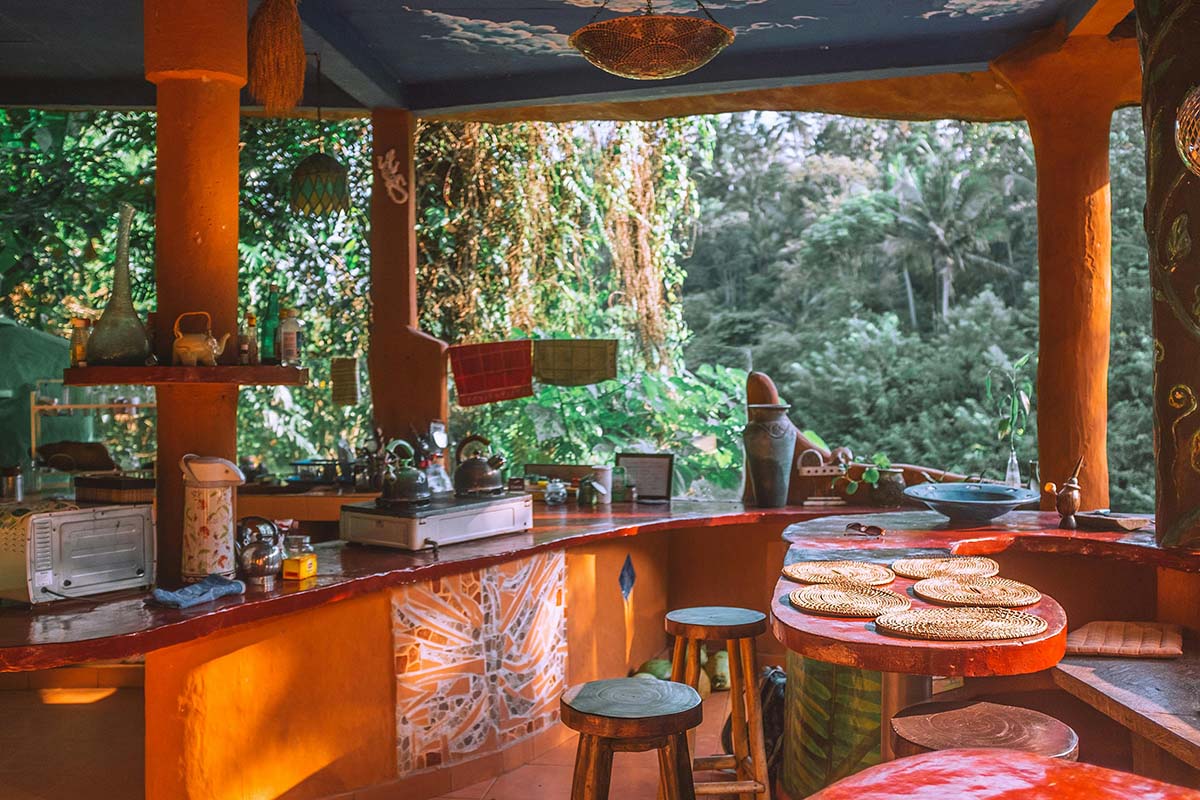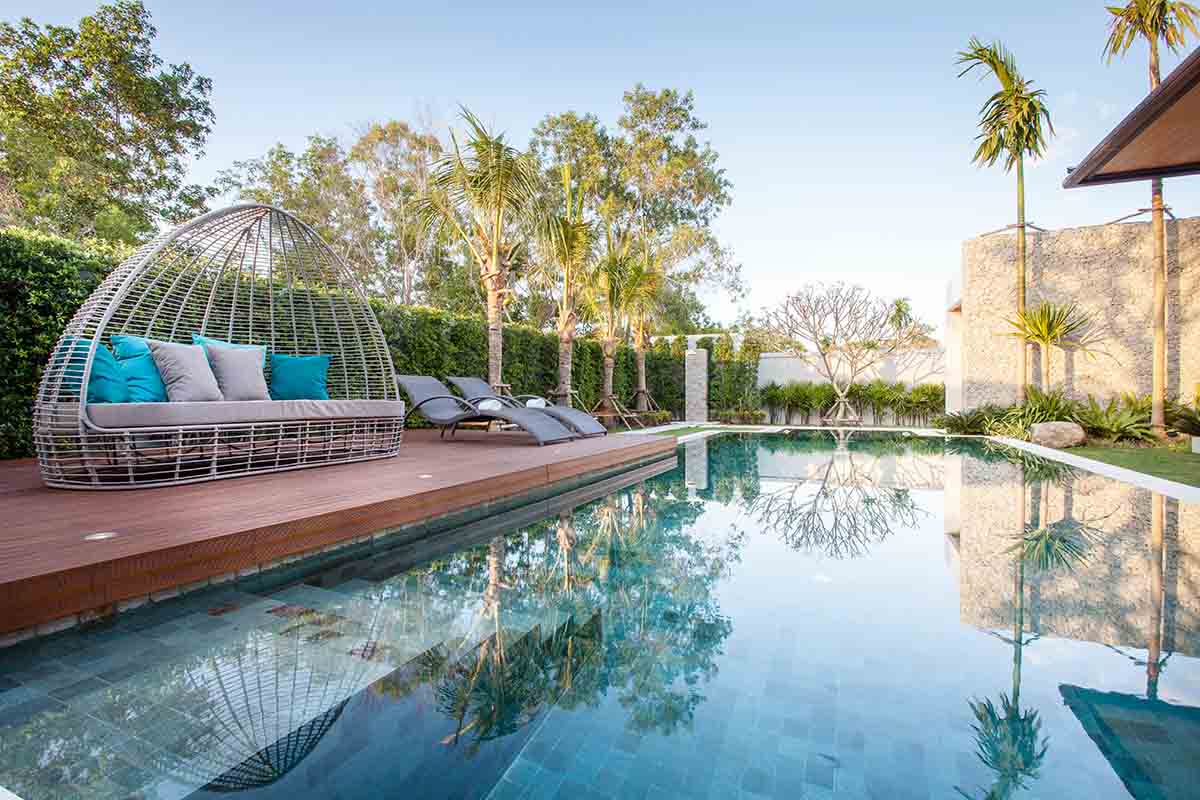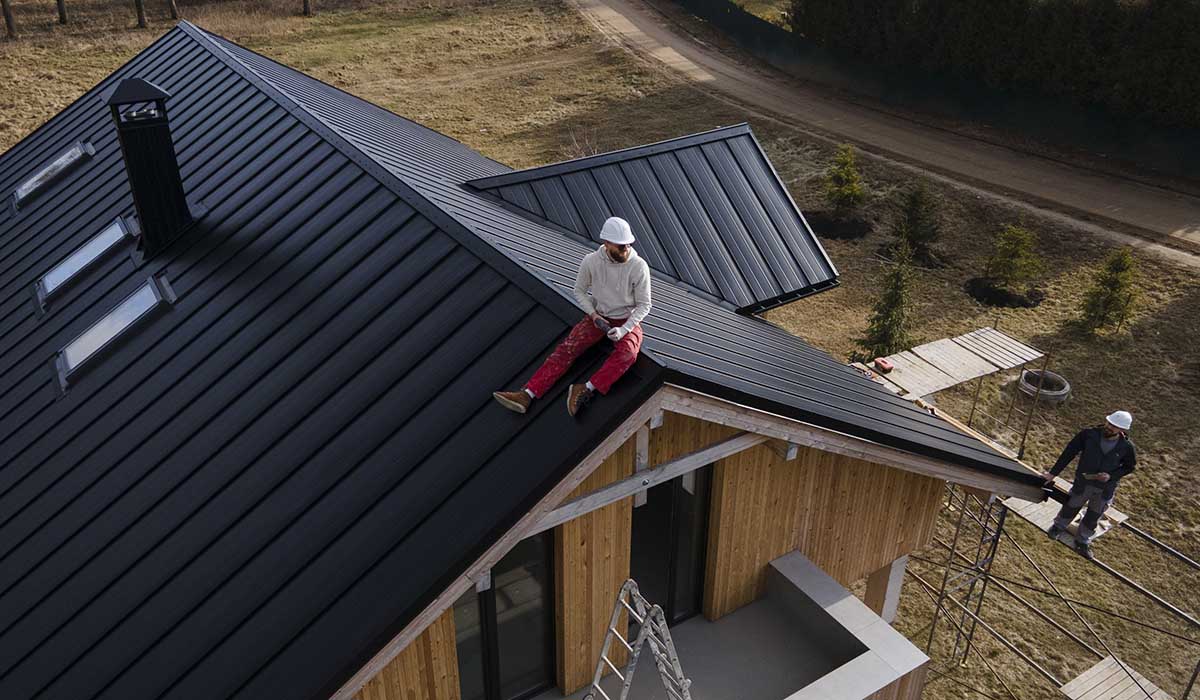Family Home Design: Practical Ideas to Create Comfortable and Flexible Living Spaces
Key Points
Family-Centered Design – Family home design should adapt to unique needs, evolving through life stages, from child safety to multi-generational living.
Smart Space & Material Choices – Effective warehouse management (organization, storage, durable materials, and traffic flow) ensures both function and longevity.
Flexibility & Personalization – Multi-purpose rooms, modular furniture, and personal touches help homes stay practical, stylish, and budget-friendly.
Every family has a unique story, and their homes should reflect the chapters of their lives.
The challenge lies in creating spaces that adapt to changing needs while maintaining comfort and style.
A truly functional home goes beyond aesthetic appeal.
It requires thoughtful planning across multiple dimensions from space utilization to material selection, maintenance routines to personal touches that make a house feel like home.
Understanding Your Family’s Unique Needs
The foundation of effective family home design begins with an honest assessment.
Consider how your family actually lives, not how you think you should live.
Do your children need dedicated study spaces?
Does someone work from home requiring a quiet office?
These questions shape your design priorities.
Life Stages and Evolving Spaces
In family home design, young families often prioritize safety features and easy-to-clean surfaces.
Rounded corners, secured cabinets, and durable materials become essential elements.
As children grow into teenagers, privacy becomes paramount.
Separate zones for studying, socializing, and personal time help maintain family harmony.
Multi-generational living presents unique challenges.
Accessibility features, private quarters, and communal gathering spaces must coexist seamlessly.
Professional guidance can transform complex living situations into harmonious environments.
Specialized hdb interior design singapore services understand how to maximize every square foot while maintaining aesthetic appeal.
Work-Life Integration
Remote work has permanently altered home requirements.
A corner desk no longer suffices for full-time professionals working from home.
Dedicated workspaces need proper lighting, storage, and sound management.
Consider how video call backgrounds and privacy screens factor into your layout.
In family home design, flexible spaces serve double duty.
A guest bedroom transforms into an office, while dining tables accommodate both family meals and afternoon homework sessions.
Smart Space Planning for Real Life
Effective space planning acknowledges real-world behavior patterns.
High-traffic areas need clear pathways, while quiet zones require strategic placement away from activity centers.
Creating Functional Zones
Open floor plans benefit from invisible boundaries.
Area rugs, lighting changes, and furniture placement define spaces without walls.
Kitchen zones should separate cooking, cleaning, and casual dining areas.
This prevents congestion during meal preparation when multiple family members need access.
Living areas work best with multiple seating arrangements.
A main conversation area, reading nook, and entertainment zone accommodate different activities simultaneously.
Storage Solutions That Grow
Children’s storage needs evolve rapidly.
Toy bins transform into sports equipment lockers, then into teenage clothing organizers.
Built-in storage maximizes vertical space.
Floor-to-ceiling shelving units provide flexibility for changing needs over time.
Hidden storage maintains visual calm.
Ottoman benches, platform beds with drawers, and hollow coffee tables discretely house everyday items.
Traffic Flow Considerations
Morning routines reveal traffic bottlenecks.
Multiple family members accessing bathrooms, closets, and kitchens simultaneously requires strategic planning.
Entry zones need adequate space for shoes, coats, and bags.
A well-designed mudroom prevents hallway congestion and contains outdoor mess.
Furniture placement should never obstruct natural pathways.
Leave at least three feet of clearance for comfortable movement through rooms.
Choosing Materials That Stand the Test of Time
Material selection for interior design impacts both longevity and daily maintenance. Smart choices save money and effort over years of family life.
Flooring for Real Families
High-traffic areas demand resilient flooring. Entryways, kitchens, and playrooms experience constant wear requiring durable solutions.
Modern vinyl options offer surprising sophistication.
The Floor Gallery Vinyl Flooring provides water-resistant, scratch-resistant options that mimic natural materials beautifully.
Consider maintenance requirements realistically.
Beautiful hardwood requires regular refinishing, while quality vinyl maintains appearance with simple cleaning.
- Kid-Friendly Surface Selection
Performance fabrics revolutionize family-friendly furniture. Stain-resistant, washable upholstery withstands spills and sticky fingers.
Wall finishes matter in high-contact areas. Washable paint or wipeable wallpaper prevents permanent evidence of artistic experiments.
Kitchen countertops should resist stains and scratches. Quartz surfaces offer durability without demanding special maintenance routines.
- Sustainable and Healthy Choices
Low-VOC materials improve indoor air quality.
Paint, adhesives, and finishes release fewer harmful chemicals into living spaces.
Natural materials like bamboo and cork provide renewable alternatives.
These options offer unique textures while supporting environmental responsibility.
Consider lifecycle costs beyond initial purchase price.
Durable materials that last decades prove economical despite higher upfront investment.
Maintaining a Healthy and Clean Living Environment
Regular maintenance preserves your investment while ensuring family health. Establishing routines prevents small issues from becoming major problems.
Preventing Common Household Issues
Moisture control prevents mold growth.
Proper ventilation in bathrooms and kitchens, combined with prompt leak repairs, maintains healthy conditions.
Pest prevention requires proactive measures.
Seal entry points, eliminate food sources, and use appropriate deterrents like strategically placed mouse trap singapore solutions in vulnerable areas.
Regular HVAC maintenance ensures air quality.
Change filters monthly and schedule annual professional inspections to prevent system failures.
Deep Cleaning Schedules
Window treatments accumulate dust and allergens.
Professional cleaning services like HM Gallery restore freshness to curtains and blinds that regular vacuuming cannot achieve.
Upholstery requires periodic deep cleaning.
Professional services extend furniture life while removing embedded dirt and allergens.
Carpets benefit from annual professional cleaning.
High-traffic areas may need attention twice yearly to maintain appearance and hygiene.
Creating Family Cleaning Routines
Age-appropriate chores teach responsibility.
Toddlers can sort toys, while teenagers manage their own laundry and room maintenance.
Daily quick-cleans prevent overwhelming weekend sessions.
Fifteen-minute evening tidying maintains order without exhausting busy families.
Designated cleaning supplies in each area encourage immediate attention.
Bathroom caddies and kitchen cleaning stations make quick cleanups convenient.
Personalizing Your Space Without Breaking the Bank
Personal touches transform generic spaces into cherished homes. Strategic investments and creative solutions achieve maximum impact affordably.
DIY Projects with Impact
Gallery walls showcase family memories affordably.
Mix photographs, children’s artwork, and meaningful objects for personalized displays.
Paint provides dramatic transformation economically.
Accent walls, painted furniture, and colorful trim add personality without major investment.
Textile changes refresh rooms seasonally. New throw pillows, curtains, or area rugs alter room atmosphere completely.
Sourcing Unique Pieces
International shopping expands options significantly.
Understanding customs services requirements prevents delays when importing special furniture or decorative items from overseas suppliers.
Local artisan markets offer one-of-a-kind pieces. Supporting local creators adds unique character while building community connections.
Vintage and secondhand treasures provide character affordably. Refinishing or reupholstering transforms dated pieces into custom statements.
Budget Allocation Strategies
Invest heavily in frequently used items.
Quality sofas, mattresses, and dining tables justify higher expenditure through daily use.
Save on trendy accessories.
Decorative items, artwork, and seasonal decor allow experimentation without major financial commitment.
Phase improvements over time.
Create priority lists addressing critical needs first, then enhance spaces gradually as budgets allow.
Flexible Spaces for Changing Needs
Adaptability ensures longevity in family homes. Rooms that serve multiple purposes maximize limited square footage efficiently.
Multi-Purpose Room Design
Guest rooms double as home offices. Murphy beds or daybeds with trundles provide sleeping space without dominating room function.
Playrooms evolve into teen hangouts.
Choose furnishings and storage systems that transition from toy organization to electronic entertainment centers.
Dining rooms accommodate various activities. Large tables serve homework sessions, craft projects, and holiday gatherings equally well.
Temporary Modifications
Removable wallpaper allows risk-free experimentation. Children’s rooms can reflect changing interests without permanent commitment.
Modular furniture systems grow with families. Sectional sofas reconfigure for different occasions, while stackable storage adapts to changing needs.
Room dividers create temporary spaces. Curtains, screens, or bookcases partition areas without construction requirements.
Technology Integration for Modern Living
Smart home features enhance family life. Automated systems simplify routines while improving security and efficiency.
Practical Smart Home Applications
Programmable thermostats reduce energy costs. Scheduled temperature adjustments match family routines automatically.
Smart lighting supports various activities. Bright task lighting for homework transitions to dimmed ambiance for movie nights.
Security systems provide peace of mind. Video doorbells and smart locks allow remote monitoring and access control.
Entertainment and Education Zones
Dedicated media areas prevent conflicts. Separate gaming zones and quiet reading spaces allow simultaneous activities peacefully.
Study spaces require technological support. Adequate outlets, cable management, and proper lighting facilitate online learning.
Charging stations organize devices. Centralized locations prevent lost devices while maintaining living space aesthetics.
Creating Outdoor Extensions
Outdoor spaces extend living areas significantly. Patios, balconies, and gardens provide additional room for family activities.
Family-Friendly Landscaping
Safety considerations guide plant selection. Avoid toxic plants and thorny bushes near children’s play areas.
Low-maintenance gardens suit busy families. Native plants and automated irrigation reduce upkeep requirements.
Defined zones accommodate different activities. Separate areas for dining, playing, and gardening organize outdoor spaces effectively.
Outdoor Living Rooms
Weather-resistant furniture extends usability. Quality outdoor pieces withstand elements while maintaining comfort and style.
Shade solutions make spaces comfortable. Umbrellas, pergolas, or retractable awnings provide relief during sunny weather.
Lighting extends evening enjoyment. String lights, lanterns, and pathway lighting create ambiance while ensuring safety.
Conclusion
Creating homes that truly work for families requires thoughtful consideration across multiple dimensions.
Success comes from understanding unique family needs and implementing practical solutions.
Start with small, impactful changes rather than overwhelming renovations.
Address immediate pain points first, then gradually enhance spaces as needs evolve.
Remember that perfect homes don’t exist—functional, comfortable spaces that support daily life do.
Focus on creating environments where memories flourish and families thrive.
Your home should evolve alongside your family, adapting to new chapters while maintaining the comfort and functionality that makes daily life enjoyable.
The investment in thoughtful planning and quality materials pays dividends through years of family growth and change.

